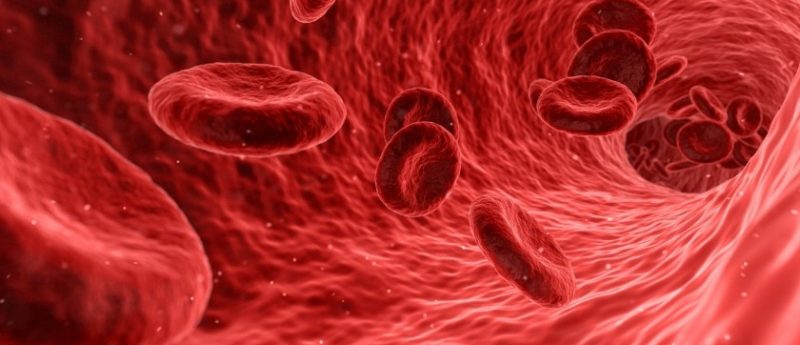3D tissue-engineered bone marrow: what does this mean for the treatment of multiple myeloma?

Multiple myeloma (MM) is a hematological malignancy characterized by the proliferation of plasma cells in the bone marrow (BM), which remains incurable because most patients relapse or become refractory to the treatments [1]. The American Cancer Society’s estimates for MM in the USA for 2016 about 30,000 new cases will be diagnosed and about 12,500 deaths will occur. Newly diagnosed MM patients with standard-risk disease are associated with a median overall survival of about 4 years, whereas high-risk disease MM patients are associated with a median overall survival of about 2 years [2]. Despite the introduction of promising novel agents, such as immunomodulatory drugs (IMiDs) and proteasome inhibitors (PIs), 40% of newly diagnosed patients do not respond to therapy and more than 90% of relapsed/refractory patients develop drug resistance [3,4]. The unsatisfactory results in the clinical outcome point to fundamental problems in our biological models for drug development.
Click here to view the full article in Future Oncology.



